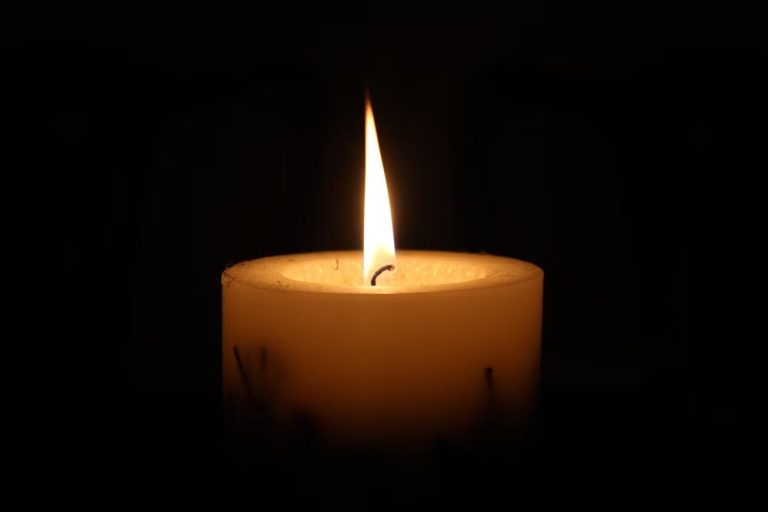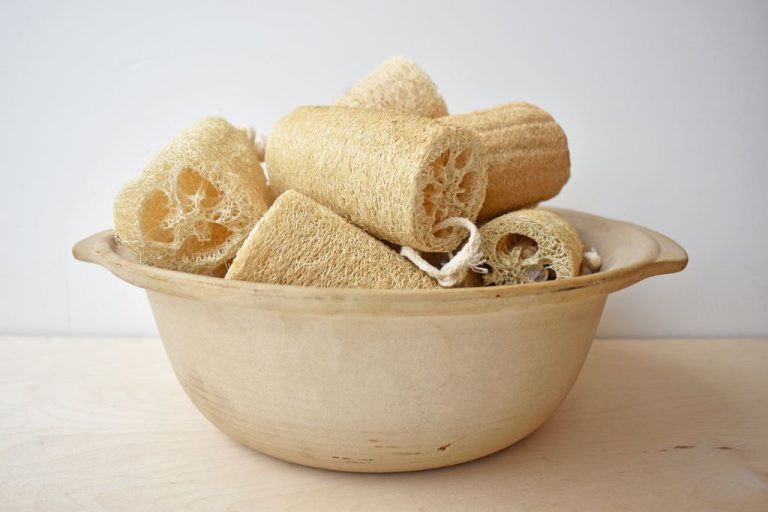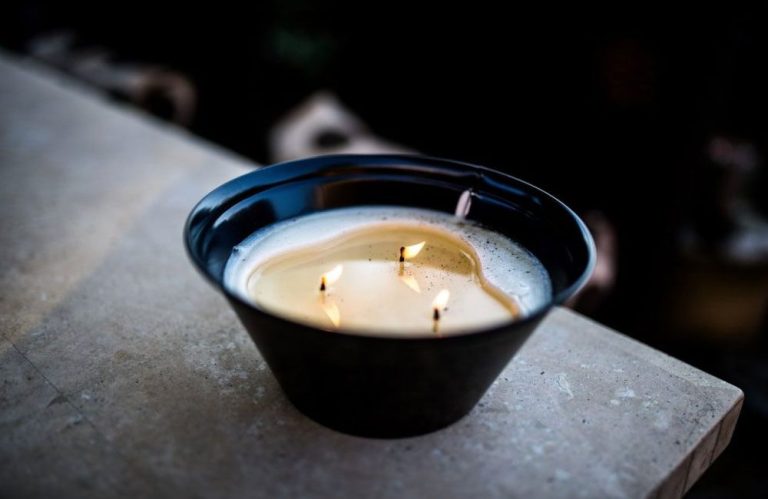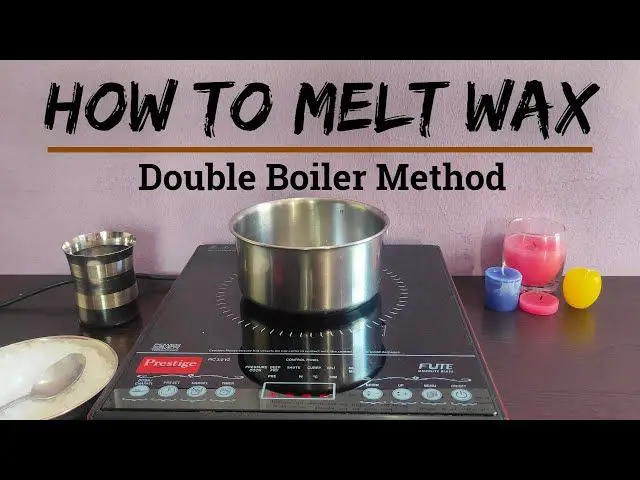Are Oil Diffusers Expensive To Run?
An essential oil diffuser is a device that disperses essential oils into the air to provide various benefits. Essential oils are highly concentrated plant extracts that contain the essence of the plant’s fragrance and medicinal properties. When diffused into the air, essential oils can have aromatherapeutic effects that promote wellness in different ways.
Some key benefits of using an essential oil diffuser include: improving mood and energy levels, easing stress and anxiety, boosting immunity, purifying the air of toxins, helping with sleep issues, and more. Diffusers allow you to leverage the benefits of essential oils by dispersing them as a fine mist so they can be easily inhaled or absorbed through the skin.
Overall, essential oil diffusers provide a simple way to enjoy the therapeutic benefits of essential oils in your home or workspace.
Upfront Costs
The upfront cost of an oil diffuser can vary quite a bit depending on the size, features, and overall quality of the model. Here’s an overview of the price range for some popular home diffuser models:
Basic diffusers typically cost between $10-$30. These are small, no-frills models that provide basic diffusion. Examples include the Urpower Essential Oil Diffuser ($16) and InnoGear Essential Oil Diffuser ($16).
Mid-range diffusers cost about $30-$60. They offer larger water tanks, multiple mist settings, and other convenient features like auto shut-off and lighting. Popular options are the VicTsing Essential Oil Diffuser ($30) and Pure Enrichment Essential Oil Diffuser ($40).
Higher-end diffusers cost $60-$100+. These include large, stylish models from reputable brands like Vitruvi ($119) and Airomé ($99). Expect premium features like smart controls, multiple diffusion modes, and elegant designs.
Operating Costs
The operating costs of an oil diffuser come from the electricity it uses while running. Most diffusers have relatively low wattages, ranging from about 5 to 20 watts. For example, a popular diffuser like the InnoGear Aromatherapy Diffuser is 7 watts. At 7 watts running for 1 hour, it would use 0.007 kWh.
With the average electricity rate around $0.14 per kWh in the U.S., a 7 watt diffuser running for 1 hour would cost around $0.001 to operate. If used for 8 hours per day, it would cost under $0.01 per day to run. Over the course of a month at 8 hours daily use, the electricity cost would be around $0.30. [1]
Some larger or more powerful diffusers may use up to 20 watts. At the maximum wattage, running for 8 hours would cost around $0.03 per day or $0.84 per month in electricity. So even for higher wattage models, oil diffusers generally don’t consume very much electricity to operate. [2]
Oil costs
The price of essential oils can vary widely depending on the type of oil. Some of the main factors that influence cost are: 1
- Rarity – Oils derived from rare plants or flowers tend to be more expensive.
- Production method – Steam distillation is generally cheaper than CO2 extraction or absolutes.
- Plant yield – The amount of oil that can be extracted from the plant material impacts cost.
- Purity – Higher purity standards increase production costs.
- Demand – Popular oils in high demand tend to carry higher price tags.
To give an idea of price ranges, here are some example prices per ounce for common essential oils:
- Lavender (Lavandula angustifolia) – $5-30
- Peppermint (Mentha piperita) – $15-30
- Tea tree (Melaleuca alternifolia) – $5-15
- Eucalyptus (Eucalyptus globulus) – $4-25
- Lemon (Citrus limon) – $4-15
- Frankincense (Boswellia carterii) – $30-100
- Rose (Rosa damascena) – $100-300
As you can see,common everyday oils like lavender and lemon tend to be quite affordable. More exotic oils like rose can be priced drastically higher due to scarcity and low yields.
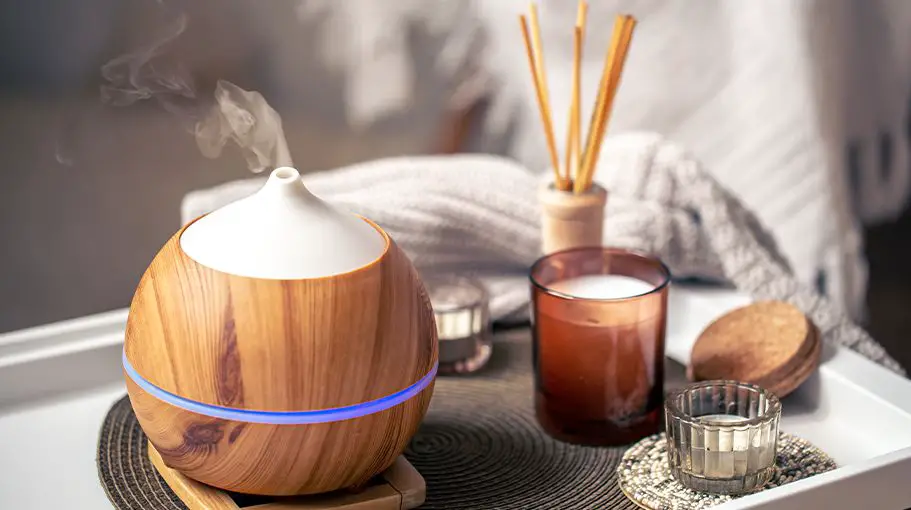
Other recurring costs
In addition to refilling the oil, other recurring costs for oil diffusers include replacement parts like wicks and filters. The wicks and internal filters need to be changed every 3-6 months depending on usage.Diffuser wicks can cost $5-10 and filters range from $5-20 depending on the brand and model.Replacement parts for popular diffuser brands like Vitruvi and Homedics are readily available online or direct from the manufacturer. Replacing the wicks and filters periodically helps maintain performance and fragrance output.
Usage frequency
Oil diffusers are convenient devices that many people use to fill their homes with pleasant scents and reap benefits like stress relief and improved air quality. However, they do require oils and power to run, so how much they cost to operate depends partly on how often you use an oil diffuser.
On average, most people use their diffusers for 1-3 hours per day. Some people may run a diffuser in a bedroom overnight. Others may diffuse oils for several hours in a large open living area during the day. Diffusers often run for short bursts of 10-30 minutes at a time. All of this can vary based on personal habits and diffusion needs.
Oil diffusers may be used more heavily at certain times of the year. For example, use may increase during fall and winter months when people want the air to smell cozier. Diffuser use in bedrooms tends to be more consistent year-round for relaxation.
The total daily, weekly and monthly runtime ultimately impacts oil and energy costs. But most people find the benefits of regular diffusion worth the operating costs.
Cost-saving tips
There are several easy ways to cut down on the cost of using an oil diffuser without sacrificing enjoyment:
-
Buy oils in bulk or larger sizes. Oils purchased in larger quantities usually offer significant per ounce savings over smaller bottles. Stock up during sales or buy wholesale.
-
Make your own blends using a carrier oil like fractionated coconut oil plus a few drops of essential oils. Pre-mixed blends can be pricy, so blending your own is cheaper.
-
Use 100% pure oils instead of pre-diluted ones. The pure oils give you more flexibility with blending and last longer.
-
Reduce diffuser runtime. Many people run diffusers continuously but you can cut costs by only using it during waking hours or when needed.
-
Switch oils frequently. You can still enjoy a variety of scents without wasting oils by rotating what you use day-to-day.
-
Invest in an energy efficient diffuser. Newer models often use less electricity than older types.
-
Clean your diffuser regularly. Buildup can impact efficiency and use more oil to compensate.
With some care and clever strategies, it’s possible to keep oil diffuser costs low while still reaping all the benefits.
Lifestyle benefits
While diffusers do come with some upfront and ongoing costs, using essential oils and diffusing them can also provide a range of lifestyle benefits that can help offset the expense. Studies show that diffusing certain essential oils like lavender, chamomile and bergamot can help reduce stress and anxiety levels (1). Other oils like eucalyptus and peppermint can help boost energy and mental alertness. Diffusers allow you to enjoy the therapeutic benefits of essential oils like promoting better sleep, relieving headaches and improving respiratory conditions (2). Beyond physical ailments, diffusing essential oils can also uplift your mood, create a calming environment and make indoor spaces smell fresh and pleasant.
For many people, having an essential oil diffuser contributes greatly to their overall health and wellbeing. The benefits of a happier, less stressed and more energized lifestyle should also be factored against the operating costs of a diffuser. While the oils and electricity do cost money to use, for some the benefits are well worth the expense.
Sources:
(1) https://www.health.com/condition/stress/essential-oil-mistakes
(2) https://www.thescentapothecary.com/post/12-key-benefits-of-essential-oil-diffuser
Comparisons to Other Products
Compared to other home fragrance products, oil diffusers tend to be more cost-effective in the long run. Here’s how they stack up against some alternatives:
Candles: While scented candles can provide ambiance and fragrance, they tend to be pricier over time. For example, according to one analysis, a 100 hour soy candle costs around $30, working out to $0.30 per hour. In contrast, using a diffuser with essential oils may cost around $0.02 per hour to operate.
Air fresheners: Plug-in air fresheners provide fragrance but little beyond that. The refills need to be replaced frequently, resulting in recurring costs. According to one source, air freshener refills can cost $5-10 and last 4-6 weeks under normal use. Diffusers may offer health benefits that air fresheners lack.
Scented wax melts: These can provide safe, long-lasting fragrance like a diffuser. However, they lack the potential therapeutic benefits. The wax melts also don’t produce an ultra-fine vapor like many nebulizing diffusers.
While diffusers require an upfront investment, they can be less expensive in the long run than continually buying candles, air fresheners, or other products. The water vapor they produce may also have more health advantages compared to passive fragrance options.
Conclusion
At the end of the day, oil diffusers are not prohibitively expensive to run for most people. The upfront cost of purchasing a unit may seem high, but quality diffusers can last for years with proper care. Operating costs are quite low, with essential oils and electricity adding just pennies per day in most cases. Usage frequency and lifestyle benefits should be weighed when deciding if an oil diffuser is worth the investment for your home. For many, the relaxation, aromatherapy, and air purification benefits are well worth the reasonable running costs over time. With smart usage habits and cost-saving tips, oil diffusers can be an affordable wellness tool in both homes and workplaces.

